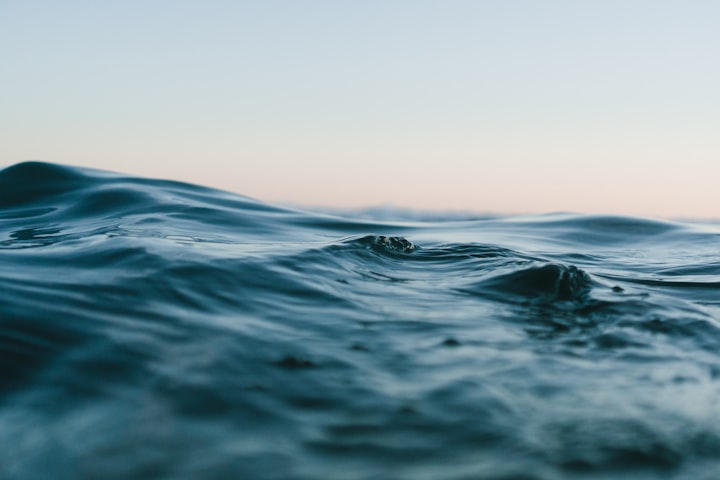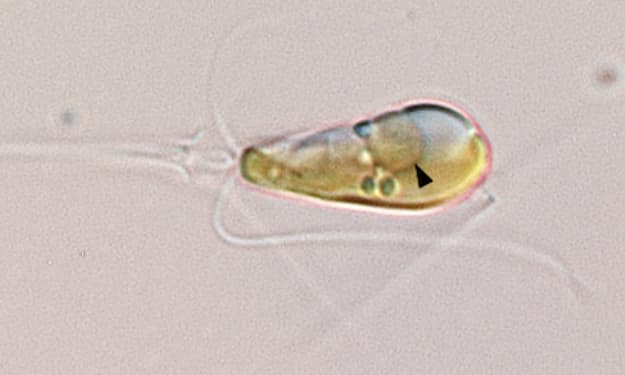Unsolved mysteries of Ocean
Mysteries of ocean

Goliath squid:
On a December day in 1848, the cruising transport Pekin was settled off the Cape of Good Hope close to Southern Africa when a team part detected a bizarre animal in the water. Cautious assessment of the creature by utilization of a telescope uncovered it to be snake-like, with an enormous head and shaggy mane.
Just a brief time before the HMS Daedulus had detailed seeing an ocean snake in that exact same district. In the midst of extraordinary energy a little boat, it's team arranged to catch the creature, was brought down into the water. The Captain, Frederic Smith, watched from a good ways, with worry for the security of his men, as the little boat moved toward the animal. To the Captain's unexpected the creature didn't move at all as the boat moved close. He was significantly more astounded when the team of the boat continued to tow the "animal" back.
The ocean snake ended up being a twenty foot long piece of skimming kelp with a root formed like a head and neck.
Passing judgment on distance, size and movement of an item in the ocean is incredibly troublesome. Articles ashore can measure up to close trees and rocks. In the water just the waves offer a hint to scale and the size of waves fluctuate colossally relying upon climate conditions.
Life forms sparkle:
Bioluminescence — living light created by a horde of living beings — significantly affects essentially all organic networks. In the sea, bioluminescent organic entities are all over the place, occupying all profundities covering all the world's sea.
The marvel of the sparkling sea has interested ocean voyagers for quite a while. Fables from northern Europe, Southeast Asia, and the South Pacific incorporate reference to it. Aristotle (third century BCE) composed his perceptions about the wonder in his work De Anima. During the Renaissance, when European wayfarers set sail across the world's seas, perceptions of bioluminescent life forms turned out to be considerably more far reaching. Indeed, even Charles Darwin made note of the wonders in his composed diaries from his experience on the HMS Beagle during the 1830s.
Darwin stated, "the ocean introduced a superb and most wonderful exhibition. There was a new breeze, and all aspects of the surface, which during the day is viewed as froth, presently gleamed with a pale light As far as the eye came to, the peak of each wave was splendid, and the sky over the skyline, from the reflected glare of these enraged flares, was not so completely dark, as over the remainder of the sky."
The animals behind the strange somewhat blue green gleam in the sea's surface waters are little life forms called dinoflagellates. These single-celled creatures range in size from 30 m to 1 mm and can be found in waters all throughout the planet. While singular dinoflagellates shine is normally too faint to even consider being seen by the unaided eye, when their populaces swell to high fixations, their essence is unquestionable.
Lost Islands:
We're all acquainted with the narrative of Atlantis: an antiquated island that supposedly sank two or three thousand years prior. Most history specialists concur that Atlantis probably never existed, yet don't give that hush you access accepting comparative circumstances can't happen. Truth be told, they as of now have. The islet of Bermeja was planned as lying off the north shoreline of the Yucatán promontory from the sixteenth to 20th hundreds of years, yet during broad planning endeavors attempted only preceding the new thousand years, it was mysteriously gone. Clarifications range from cartographical blunders (which would be odd, taking into account how regularly it was remembered for maps), to shifts in the topography of the sea depths, to rising ocean levels, and even paranoid notions asserting that the CIA annihilated the island to grow the monetary zone dispensed to the U.S. Somewhere else, a formerly unseen submerged island was found in the Aegean Sea close to the little Greek island of Delos in 2014, which incorporated various structures and surprisingly a stoneware workshop containing 16 earthenware pots and the remaining parts of a furnace implanted in the ocean bottom. In Japan, jumpers found what they accepted to be an old submerged site in 1987 (named the "Yonaguni Monument"), complete with columns, pyramids, palaces, and surprisingly an arena. Albeit some think this site holds leftovers of the lost landmass and progress of Mu, numerous researchers then again trust it to just be a characteristic arrangement, refering to the way that sandstone will in general break and leave both level and vertical level surfaces.

About the Creator
Sakthi murugan
Iam a freelance content writer






Comments
There are no comments for this story
Be the first to respond and start the conversation.